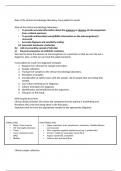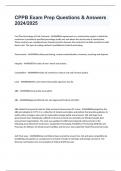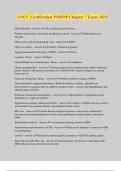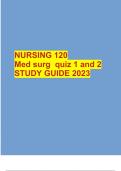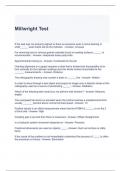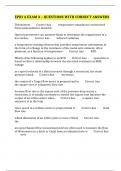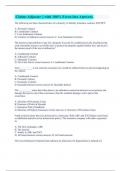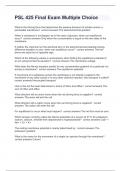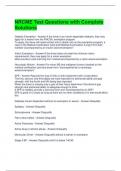Lecture notes
role of the clinical microbiology laboratory
- Institution
- Aston University, Birmingham (Aston)
Aims of the clinical microbiology laboratory. • To provide accurate information about the presence or absence of microorganisms from a clinical specimen • To provide antimicrobial susceptibility information on the microorganism(s) recovered • Accurate diagnosis and sensitivity testing: (...
[Show more]
